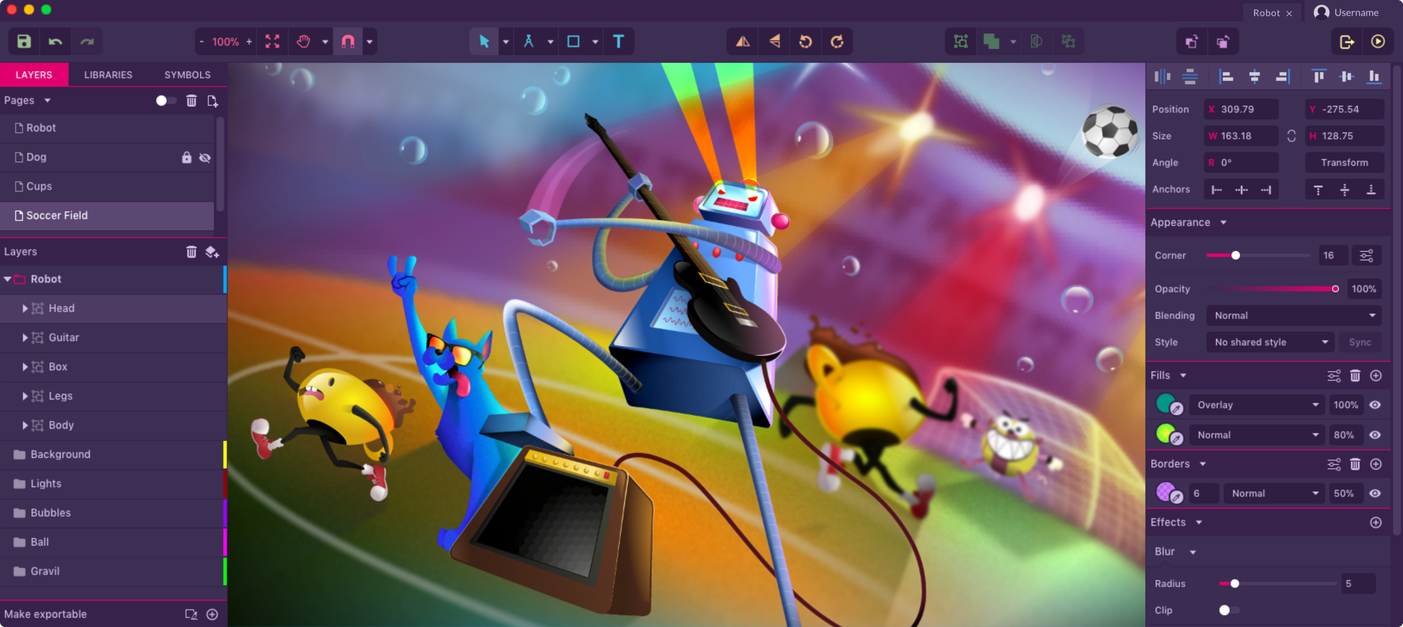

I also include the assets folder structure: css html-pre.yml and html-post.yml snippets with all the html basics, css and js builds load, things like Open Graph and Twitter card, google schema, etc.editorconfig (to homogenize things like indent style when collaborating) gitignore (I don’t track content or Sublime Text project file) package-lock.json & node_modules/ folder (used by gulp).gulpfile.js (to build and minify js and css).a basic content folder with site, home and error.htaccess + index.php (taken from plainkit) Things included in my personal kirby kit are: I don’t have a public repo, sorry, but I’ll try to find time to build one on github and share it here.

I haven’t yet had the time to change that, but check out the cookbook recipe for a comfortable way of setting up multiple Kirby sites on one server - this would be my choice for a fresh setup today, as it makes it even more elegant. I had long planned to turn my notes into a blog post, so I took the opportunity to do just that: īased on the error message you got, it sounds like setting up the PATH variable might be where you are stuck - does the command echo $PATH in your terminal output a PATH variable that includes the location of your Composer instance?ītw: in my original setup, I created separate subfolders with a complete Kirby instance for every website. My system runs on Linux Mint 19.3 Cinnamon (Nginx). It’s been a few months since I set it up, but I cannot remember any issues - the ease of getting it to run, along with the comfort of Valet, is the main reason I like this lean solution so much. Good sorry to hear you ran into complications. Let me know if there is anything I may help you with.

So I just duplicate and rename the kit folder, git init, add a remote and start coding.įor the remote I usually use a -bare repo, with a post-receive hook that deploys the site using checkout -fĪnd that is my setup/workflow. Gulp means installing node and npm of course. I also have a gulp installation compile sass and minify it, and minify js. In the kit I basically re-use html-pre and post snippets, and the assets folder structure. On that subject I tend to recursively add the apache user ‘Then I have a personal kirby kit based on the plainkit. I configured Apache to serve files from ~/public_html which is very convenient to deal with file permissions. There are some packages that do the stack installation for you (php, apache, mysql if you need it…), I usually don’t have any problems with this, but last time I did everything ‘manually’ and hit one or two roadblocks.


 0 kommentar(er)
0 kommentar(er)
